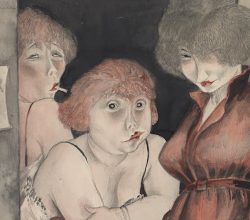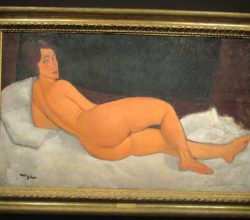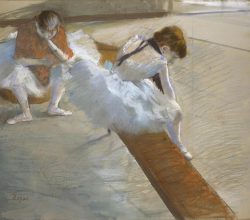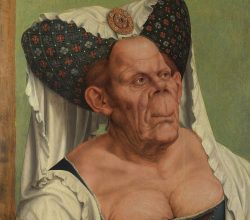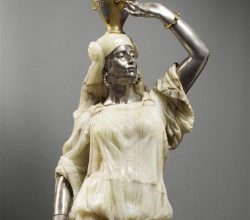
“I Want to Paint Every Color in the World”
John Yau | Hyperallergic | 12th August 2018
Stanley Whitney’s colour grid paintings have put his star in the ascendant. These grids also feature in his works on paper. They are not “high end copies of his paintings” but autonomous experiments in colour balance and materials. Still, they share the same ambition as his paintings – “I wanted color like Rothko, but I wanted air like Pollock.”

